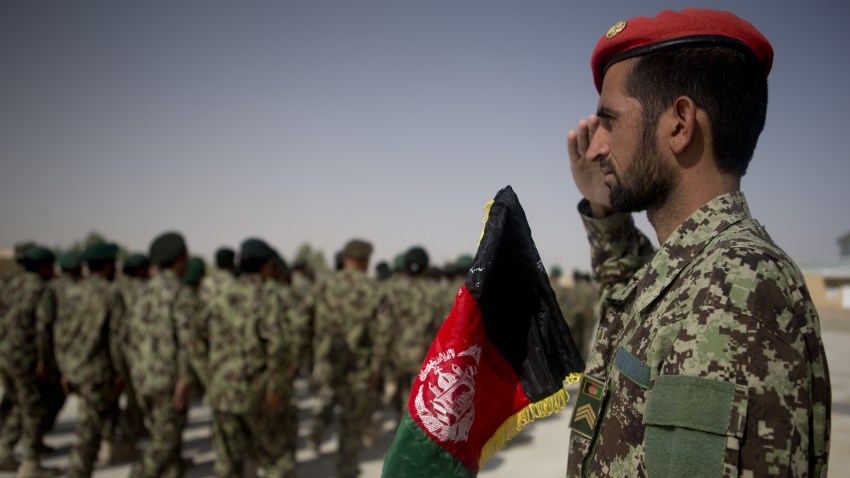Editor’s note: This is the first of a seven-part series examining conditions in Afghanistan in the last year of U.S. military operations there. The series will run every Wednesday and will examine each of the country’s regional commands to get a sense of the country, and the war, America is leaving behind.
This year, the bulk if not the entirety of international troops will leave Afghanistan; the few thousand likely to remain, pending agreement with Kabul, will mostly be concentrated on a handful of bases and serve in a training and advisory role for Afghan forces. In February, the number of U.S. troops in the theater will be reduced to 34,000, having peaked at 100,000 in June 2011. Another milestone is set for April, when Afghanistan’s presidential election is hoped to result in the first democratic transfer of power in the country’s history. And by the end of 2014, as President Barack Obama assured Americans in last year’s State of the Union address, “our war in Afghanistan”—the longest war in U.S. history—“will be over.”
But the war itself will remain, and the Afghan National Security Forces (ANSF), which formally took the lead for securing the country last summer, will continue to fight under conditions shaped by more than a decade of international involvement since the overthrow of the Taliban in 2001. Though the handover of security responsibility from international to Afghan forces has meant a dramatic decrease in coalition deaths, it has already come at an enormous cost in Afghan lives. The Pentagon has assessed that ANSF casualties were up 62 percent in 2013 over the same period in 2012. Afghan civilian casualties, meanwhile, increased by 10 percent from 2012 to 2013, according to the most recent U.N. estimate. “2013 has probably been the most violent year in Afghanistan since 2001,” concluded Thomas Ruttig of the Afghanistan Analysts Network recently.*

